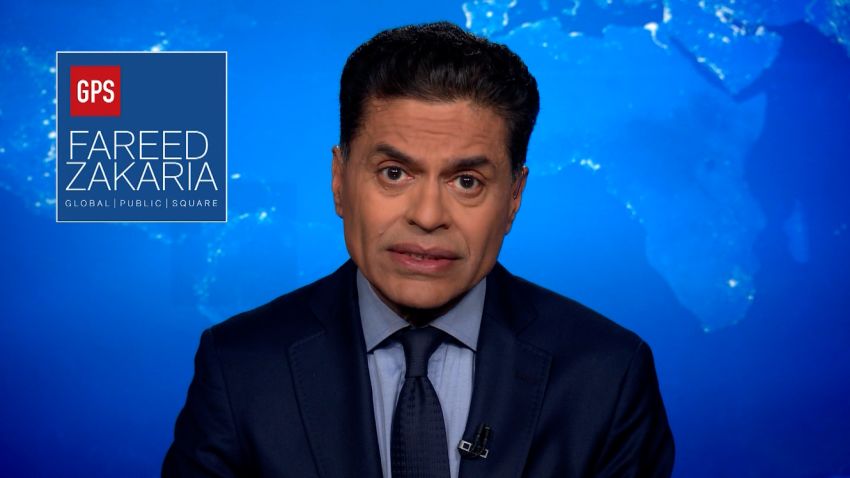Editor’s Note: Alexander B. Downes is Associate Professor of Political Science and International Affairs at George Washington University. He is the author of the recently published “Catastrophic Success: Why Foreign-Imposed Regime Change Goes Wrong” (Cornell University Press). The opinions expressed in this commentary are his own. View more opinion at CNN.
With the feared Russian invasion of Ukraine underway, the burning question is what Russian President Vladimir Putin would do with the country if his forces can overcome fierce Ukrainian resistance and conquer it.
Although Putin’s recent rhetoric suggests he believes Ukraine is an illegitimate state which should be returned to Russia, it is more likely Putin would seek to control Ukraine indirectly through a puppet government.
In other words, this is a war for regime change.
The history of regime change, however, is littered with catastrophes. The recent examples of Afghanistan, Iraq, and Libya leap to mind, but they are not isolated cases.
Consider the year 1979, during which three regime changes occurred. In Cambodia, a Vietnamese armored blitzkrieg of the sort Russia has launched in Ukraine ousted Pol Pot and his murderous Khmer Rouge regime. Instead of giving up, however, Cambodian leaders rallied their troops along the Thai border and waged a decadelong insurgency.
In Uganda, Tanzanian troops invaded and overthrew Idi Amin, but his successor, a leader in the rebel movement, lasted a mere three months before he was removed. And in Afghanistan, the Soviet Union occupied the country after replacing one Afghan communist with another. Despite killing roughly one million people and driving several million more out of the country, the Soviets withdrew in failure 10 years later.
The mutilated body of their hand-picked ruler (Mohammad Najibullah, himself installed in another regime change in 1986) was hung from a lamppost across from the presidential palace when the Taliban seized Kabul.
Why do foreign-imposed regime changes like these go so disastrously wrong? Assuming Putin could overthrow the elected government in Kyiv and successfully install a puppet regime, would he also succeed in creating a stable client state? As I outline in my new book, the answer is probably no, for two reasons.
First, military invasions to effect regime change often bring about the collapse and disintegration of the target state’s military. Given the mismatch between the Russian and Ukrainian armies, it is likely those on the Ukrainian side who can escape will try to do so, as happened in Iraq in 2003, Afghanistan in 2001, and Cambodia in 1979.
These armed remnants provide deposed leaders or their subordinates with the manpower to launch an insurgency against the puppet regime and its foreign backers. As the United States has learned to its chagrin in Afghanistan and Iraq,100,000 troops are not enough to control even much smaller countries than Ukraine. The likely availability of cross-border safe havens, funding, and weapons for Ukrainian insurgents would only make the problem more difficult, as we saw in Afghanistan in ’79 and ‘01.
Second, foreign-imposed regime changes are plagued by a mismatch of interests between the intervener and the population of the target nation. The imposer wants its protégé to loyally promote its interests, and hence installs a leader it believes will follow its directions.
In the case of Ukraine, Putin might empower a pro-Russian politician who would try to keep the country firmly in Russia’s orbit. The problem is the population in targeted countries also gets a say, and they often want very different things than the intervener. And whether by voting or violence, domestic groups can threaten the imposed leader’s political (and sometimes physical) survival.
Foreign-imposed leaders thus tend to be pulled in opposite directions by their two constituencies; they are “damned if they do and damned if they don’t.” Hewing too close to the preferences of one side can lead to hostility from the other, producing civil war, violent attempts to remove the leader, or even inter-state conflict between the two states.
In the case of Ukraine, the battle lines are already drawn: The opposition of the bulk of the population to any Russian puppet regime could not be clearer. Nearly 80% of the population identifies as Ukrainian and a similar proportion continues to support Ukrainian independence. Solid majorities favor joining both the EU and NATO and also have a low opinion of Russia; hardly a surprise given Russia’s annexation of Crimea and sponsorship of violent separatists in the Donbas region.
Moreover, Ukrainians overthrew previous pro-Russian president Viktor Yanukovych in 2014 in large part because he intended to steer Ukraine into Russia’s orbit and away from the European Union.
All of this means pro-Russian rule in Ukraine would meet strong – and probably violent – resistance. And the US and its NATO allies would likely be more than happy to provide aid and comfort to the rebels, making them even harder to beat. If history is any guide, Russia faces the risk of descending into the quagmire of insurgency in Ukraine.
There are two paths regime changers historically have used to avoid this outcome and obtain stability. One is democratizing the target. This route is clearly off the table here and has a highly uneven record when tried (compare Germany and Japan after World War II to Afghanistan and Iraq today).
The second is massive repression on the order of the Soviets in Eastern Europe during the Cold War. This path is risky and could easily backfire if it spurs rather than suppresses resistance or prompts threats of NATO intervention.
If he wins the war, Putin can also install a pro-Russian protégé in Kyiv and withdraw his forces. In that case, that individual is unlikely to remain in power long, and then Putin is right back where he started.


